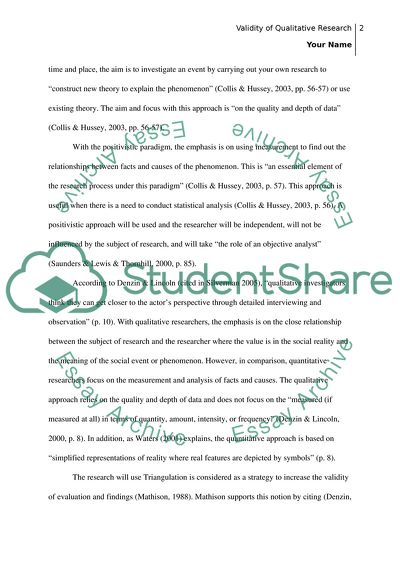Cite this document
(“The Concept of the Validity of Qualitative Research Paper”, n.d.)
The Concept of the Validity of Qualitative Research Paper. Retrieved from https://studentshare.org/professional/1559960-essay-on-the-topic-of-validity-in-qualitative-research
The Concept of the Validity of Qualitative Research Paper. Retrieved from https://studentshare.org/professional/1559960-essay-on-the-topic-of-validity-in-qualitative-research
(The Concept of the Validity of Qualitative Research Paper)
The Concept of the Validity of Qualitative Research Paper. https://studentshare.org/professional/1559960-essay-on-the-topic-of-validity-in-qualitative-research.
The Concept of the Validity of Qualitative Research Paper. https://studentshare.org/professional/1559960-essay-on-the-topic-of-validity-in-qualitative-research.
“The Concept of the Validity of Qualitative Research Paper”, n.d. https://studentshare.org/professional/1559960-essay-on-the-topic-of-validity-in-qualitative-research.


